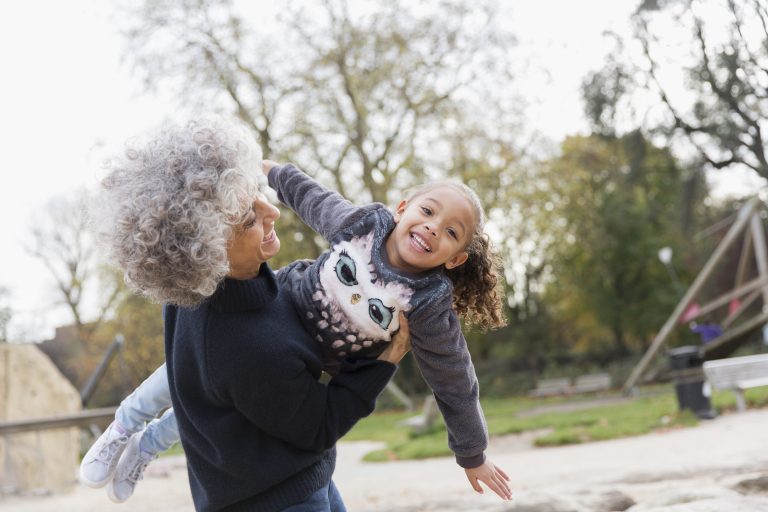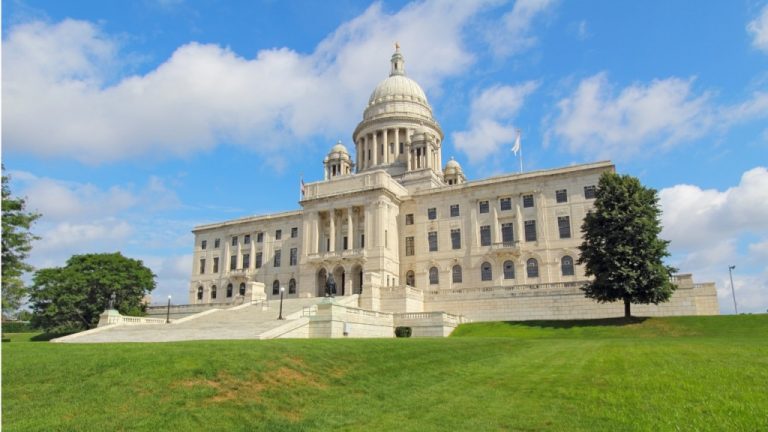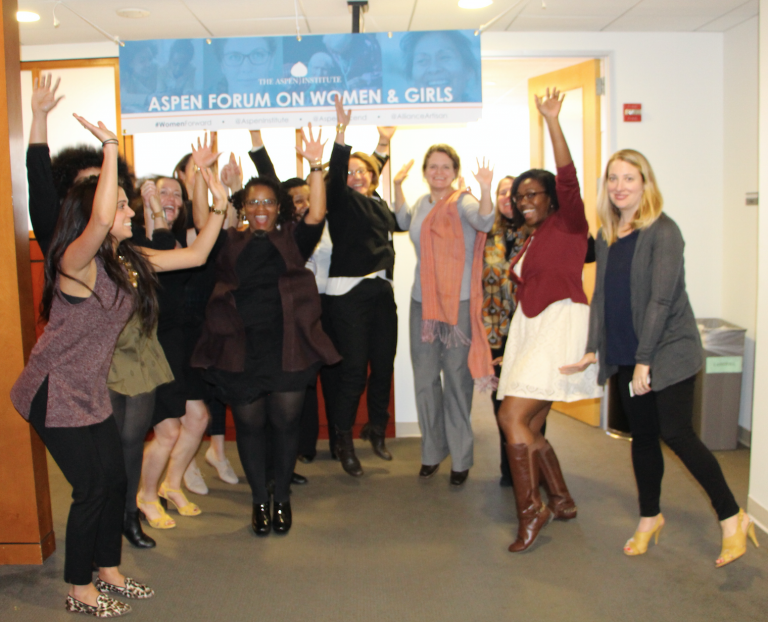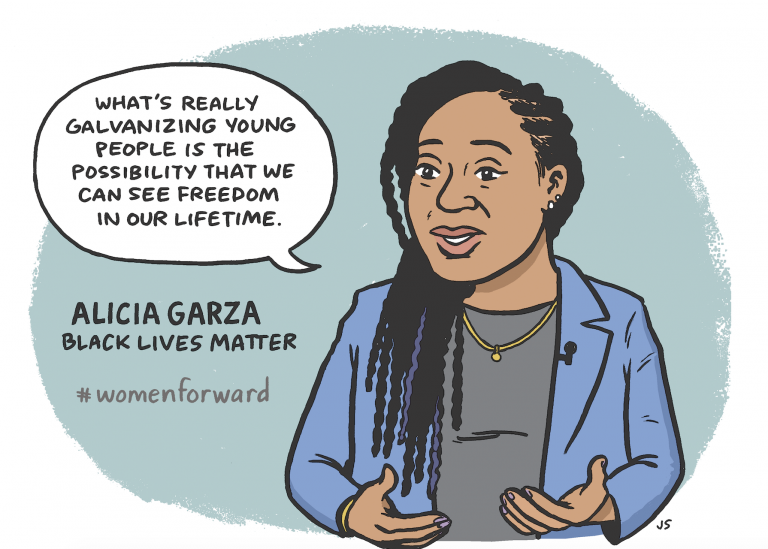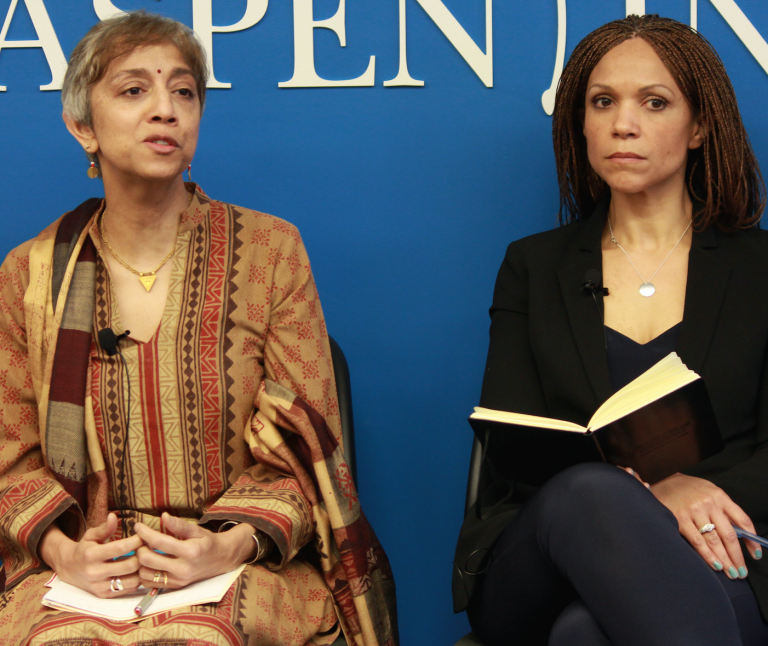Drawing out connections across oceans

Too often, conversations about women’s issue that take place stateside are separated into two distinct camps—those that affect people in the United States, and those that affect people in every other country on the planet (as if it were still Pangea!). Of course context matters, but part of what excited us so much about the forum is the idea of acknowledging that AND drawing connections between what girls and women in different countries are experiencing. As Kavita Ramdas of the Ford Foundation said at our Forum for Women and Girls today, “If we think these distinctions, ‘first world,’ ‘second word,’ and ‘third world’ exist, we are kidding ourselves.”
One example, of so many: Vivian D. Nixon of College and Community Fellowship provocatively pointed out that, “The most violent institution in America is the family.”
A short time later, Reema Nanavaty of the Self-Employed Women’s Association in India reminded us that, “Poverty is violence with the consent of society.”
Their poignant echo led us to think about the role that society plays in making sure that families can be less violent spaces for girls and women to thrive, and all the great efforts to put domestic violence on the map in the U.S., and abroad with campaigns like “Ring the Bell.”
Then after lunch, Tina Tchen, Chief of Staff to First Lady Michelle Obama, cautioned the audience that the downturn economy has led to a major uptick in violence against women, and a downturn in funding for the shelters and services that keep them safe.
It begs the question: how can we learn more from one another about the strategies that work? Anne Mosle said, “We are sitting on the answers of the path forward.”
We walk the path together, clearly, as much as that sometimes might be hard to see.
Related Posts
